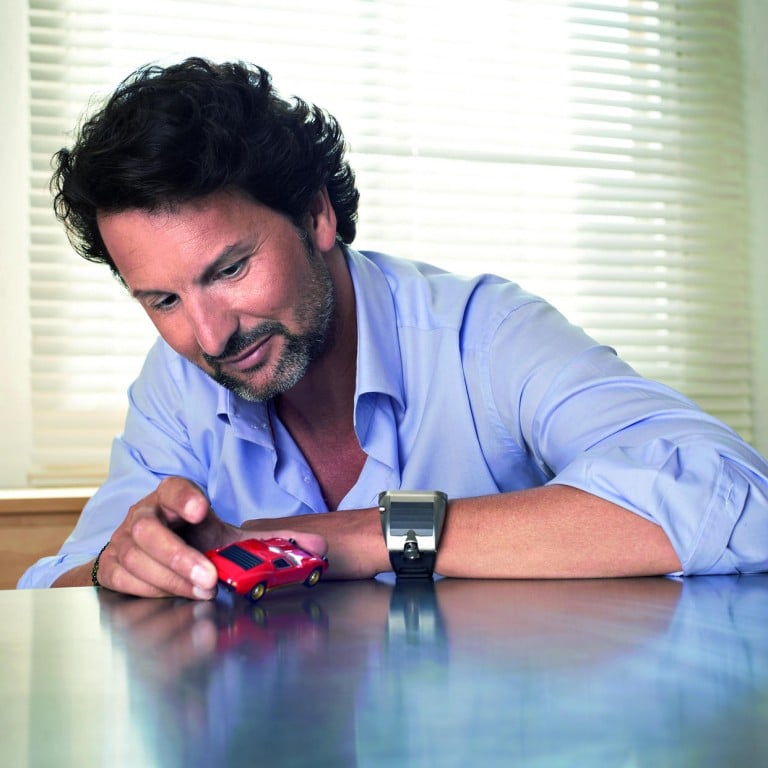Maximilian Büsser of MB&F invents 'horological machines' through collaborations of minds and strengths

Maximilian Büsser of MB&F comes up with 'horological machines' through collaboration of minds and strengths
exactly know how his day will begin or, rather, in which direction his one-year-old daughter will take him. When he is in Geneva, he dedicates the first hour of his day to her. "A fun or zen moment, it depends on the day," says the founder of MB&F (Maximilian Büsser & Friends).
From there, he launches into creativity as he heads to either the MB&F headquarters or the M.A.D. Gallery in Geneva. Starting the day with passion is a wonderful way to fire up, and Büsser seems very good at firing people up. In an industry where heritage and brand names are of paramount importance, he chose to go the way of collaboration, of partnership, of the "F" in MB&F.
The watch world almost lost him. The young Büsser, with a master's degree in microtechnology engineering, made the rounds of the multinational conglomerates and was nearly swallowed up. Lucky for us - and, as he says, very lucky for him - he ended up with watch manufacturer Jaeger-LeCoultre in the early 1990s, and the collaboration seemed to have transformed each of them.
In 1998 at the age of 31, he became managing director of Harry Winston Rare Timepieces in Geneva. Transformations again took place, with the luxury brand becoming a serious name in the advancement and daring of the modern haute horlogerie world, and with Büsser spending much of his time bringing together increasingly impressive names to make increasingly impressive timepieces.
He learned he was able to gather and, perhaps more importantly, motivate people and teams that were passionate, creative, technical, demanding and often easily at odds with each other.
Taking the dreams of visionaries, challenging them to imagine more, and then turning everything into a work of art that sits on your wrist suddenly became Büsser's ambition. MB&F was born, and the company, its people and friends are quick to point out that it is not a watch brand. It is, according to them, "an artistic and micro-engineering concept laboratory in which collectives of independent horological professionals are assembled each year to design and craft radical horological machines".

MB&F's first Horological Machine was released in 2007. It was a three-dimensional multilevel piece that challenged the preconception of what a watch should look like. It also pushed technical barriers with four barrels connected in both parallel and series, and with energy transmitted to the regulating system from two sources simultaneously.
With this piece the worlds of art and science, of old and new, were successfully melded, and thus MB&F began its ascendance.
The themes of challenge, chaos and movement seem to be fixtures in Büsser's life. He seems to be always on the move. His abilities lie in reining in the different dimensional horses and creating order. He does this by understanding everyone's strengths and weaknesses and addressing them, including his own.
When asked what takes up most of his time, he says: "I am a control freak, which is incredibly time-consuming and often not productive." Just as he did with other visionaries, he set up systems of support.